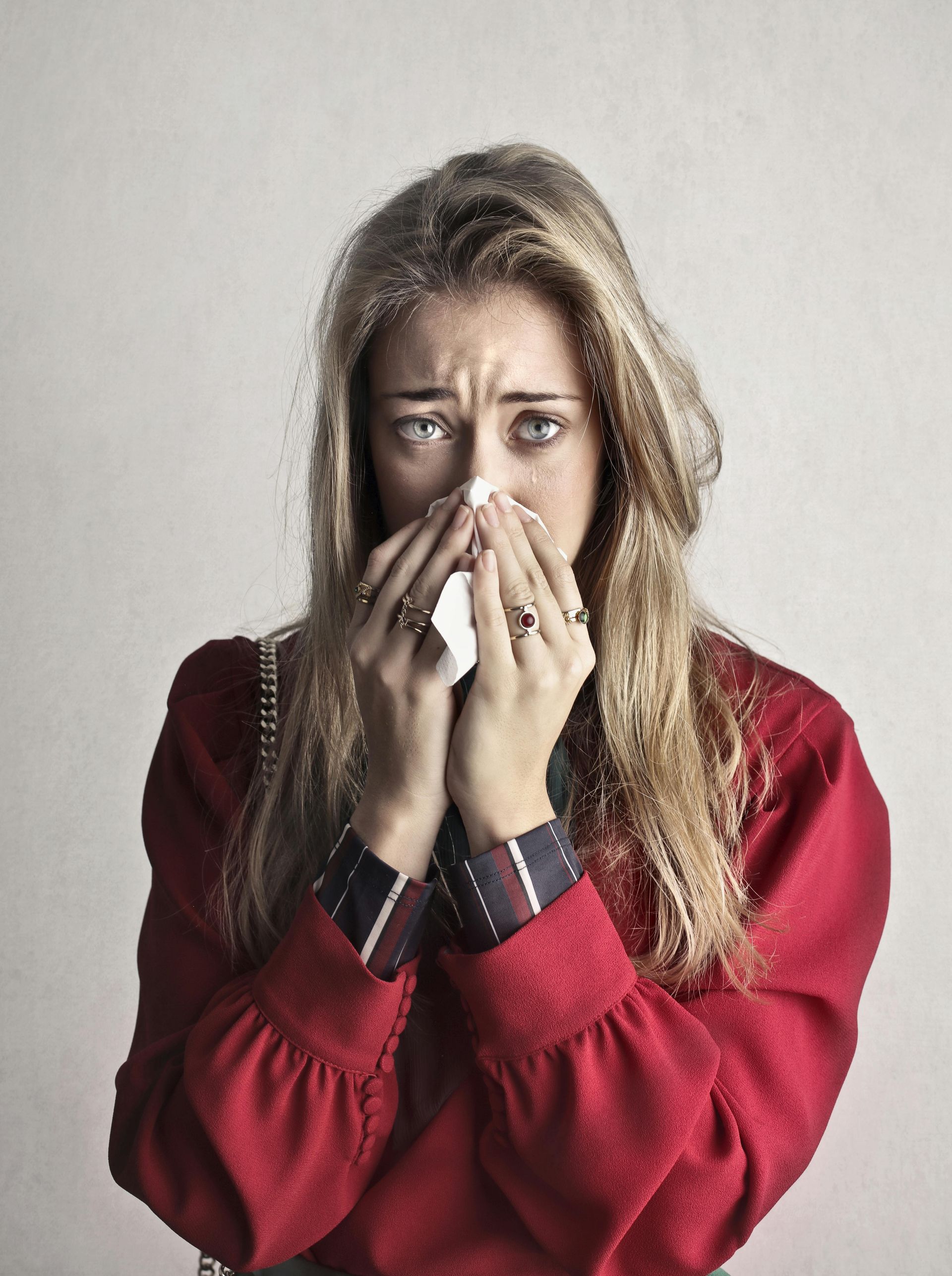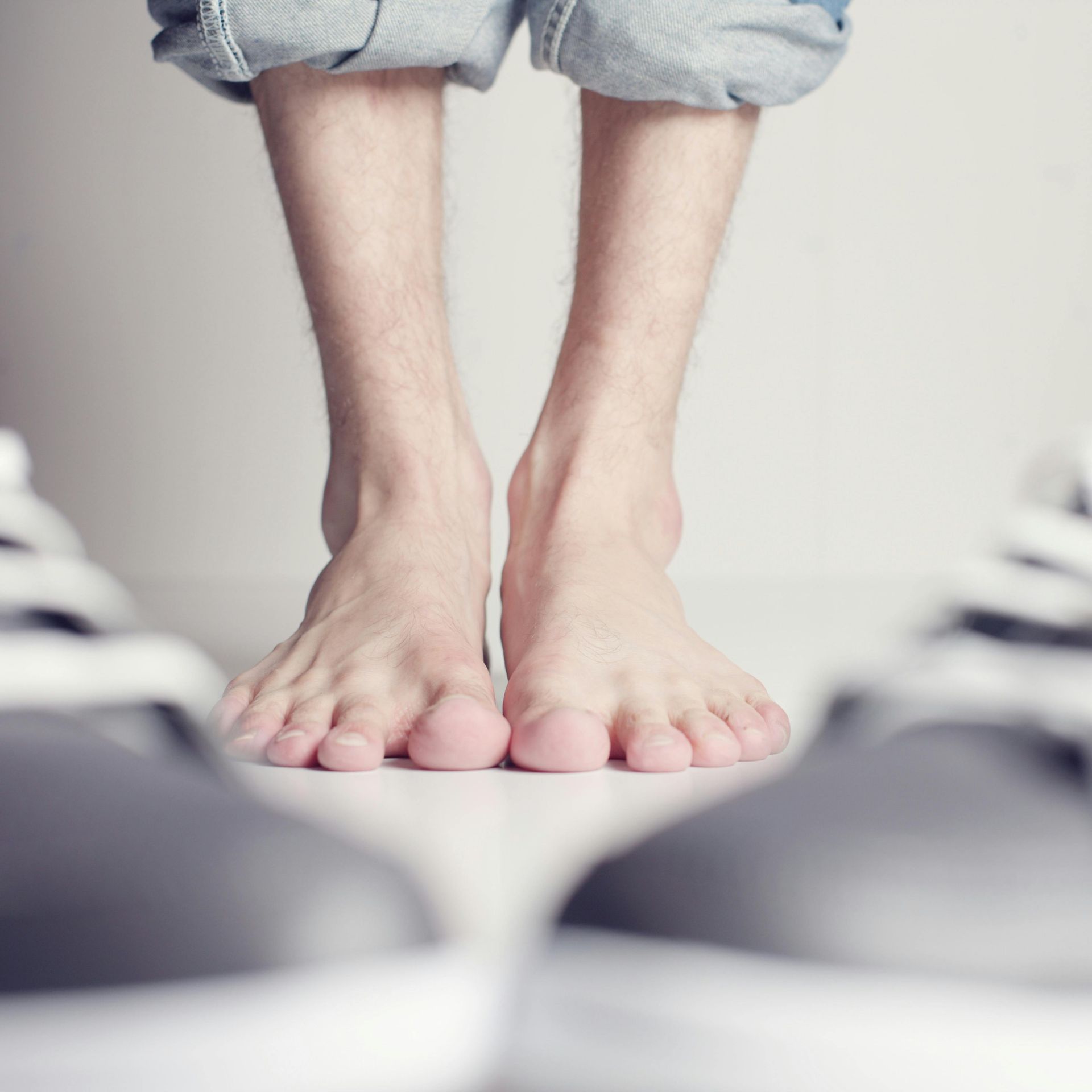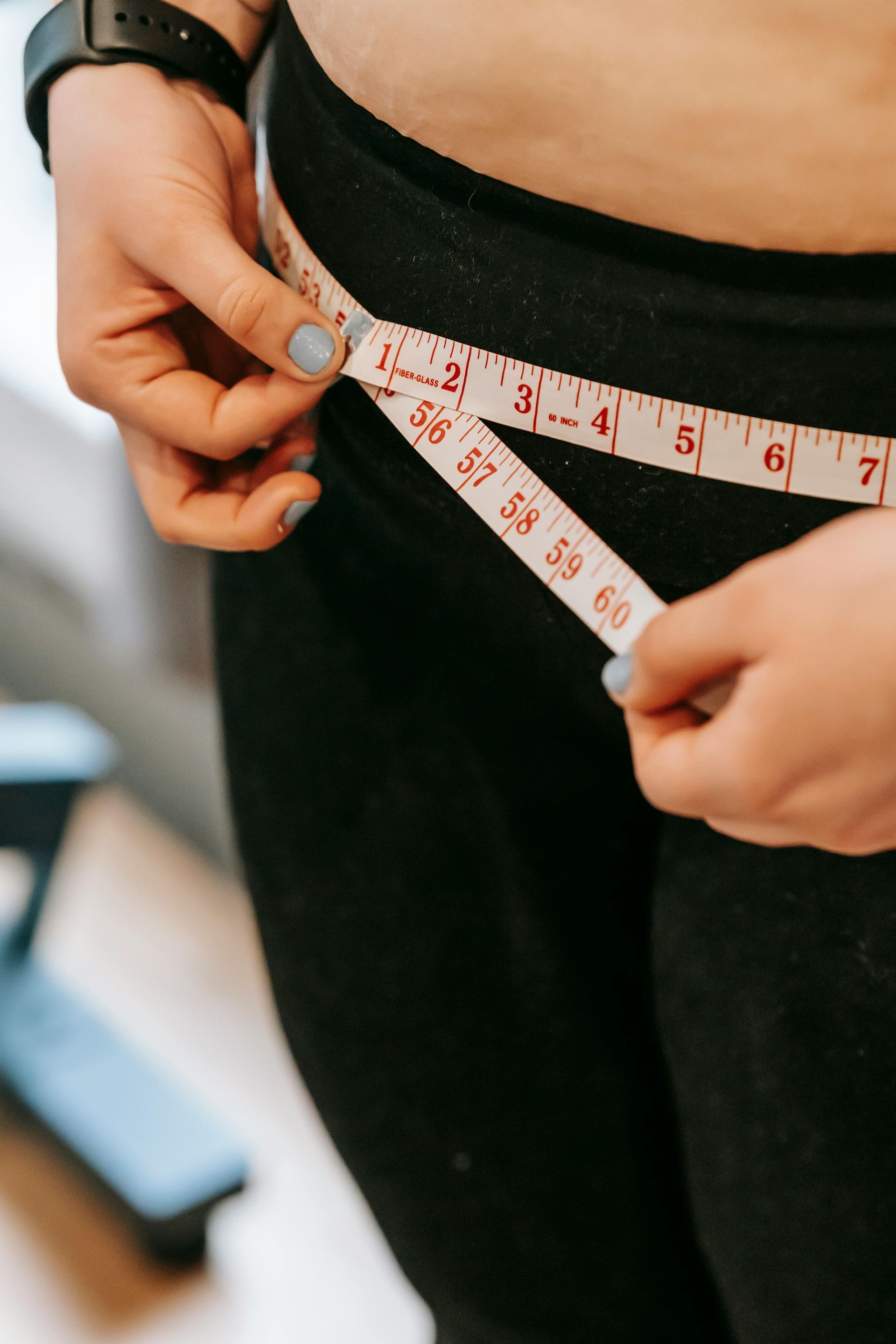How Can I Get to Sleep?
So many people struggle with insomnia – difficulty getting a good night’s sleep on a regular basis.

It might not seem like a big deal, but getting inadequate deep and restorative sleep over long periods of time can have serious impacts on your health.
There are several sleep disorders which can make you feel like you never slept a wink, even though you’ve been in bed all night. Obstructive sleep apnea and restless leg syndrome are two medical conditions which can be diagnosed by your physician or a sleep specialist. If you are feeling tired on a regular basis, the first thing you should do is schedule an appointment with your primary care doctor and get a physical evaluation and lab work.
Let’s assume any serious medical disorder has been ruled out and you are healthy. Before you start researching sleep aides, such as supplements or medication, the next thing you should focus on is sleep hygiene.
What is “sleep hygiene?”
Sleep hygiene is the practice of making the sleeping environment as restful as possible. The first step is to limit your activity in the bedroom to sleep and intimate relations. When we perform other activities in our bedrooms, such as homework, hobbies, watching TV or scrolling on social media, our minds connect that space with activity, rather than rest. The light from our electronic devices also trigger our brains to stay awake. Extra activity trains our brain to stay awake when we are in our bedroom and can make it difficult to fall or stay asleep. Consider moving your TV or computer to a public space, such as the kitchen or an office, or covering it when not in use. A good habit is to turn off all electronics an hour before bed, and keep the lights low to signal to your brain that rest is coming.

Take a look around your bedroom.
Is it a space that promotes rest and calm? Can you remove or cover any items that do not promote a sense of relaxation and make you want to curl up for a nap? Clutter in a bedroom, such as piles of laundry, work papers, etc, tug at your subconscious mind and can make it hard to sleep. If you don’t have time to address them before bed, cover them up with a sheet or towel or tuck them away in your closet. Likewise, bright colors and busy patterns may create a stimulus in your brain that says, “wake up!” A clean, neat space, and soft, restful colors and patterns are best for the bedroom. Whatever you can do to feel calm in your sleep space will pay off in “zzzzzzzz.”
Make sure there is no light seeping in… It is important to have the bedroom as dark as possible during the time you want to sleep. This prevents cues to your body to wake up. You can try room darkening blinds or drapery panels, hang a blanket over your window, or wear a sleep mask. Cover up or turn any bright clocks or other electronics away from your bed to make sure your room is very dark.
Is your bedroom quiet? Or do you frequently hear disturbing noises? Even low level noises may prevent you from getting into a deep sleep. This may include your loving bed partner’s soft snores, your dog, your refrigerator or a heat or AC unit turning on and off. These noises may disturb you enough to wake you up, but not so much that you remember them. Using ear plugs, or a white noise machine or small fan, can help drown out noises and promote a better night’s sleep.
Are your bed and pillow comfortable? Is the room too hot or too cold? Making simple adjustments can sometimes provide great results in getting a good night’s sleep. Some people feel much better with a weighted blanket, but these can get quite pricey. Layering a few blankets and comforters may get you the same benefit without the hefty price tag. Crack a window, turn down the heat, humidify the air in winter – all of these may be all it takes to be more comfortable.

Maintain consistent bedtimes and waking times.
This allows our bodies to get into a rhythm and to “expect” to get up and go to bed at the same time every day. It may take several days to get used to, but pick a specific time to get up in the morning, say 7 am, and a specific bed time, say 9 or 10 pm. Stick to these times, even going to bed if you are not tired, and getting up even if you don’t feel completely rested. Avoid the “snooze” button – those last few minutes (or hours) of light sleep won’t actually help you in the long run but will disrupt your natural sleep cycles. When the alarm rings, turn it off and get moving. Within several days, your body will adjust to this schedule and you will find the routine easier to deal with as the days go by.

Watch your caffeine intake
I know many of you won’t want to read this, and you will be tempted to say, ” I need it!” Or, “it doesn’t bother me!” But caffeine can keep us awake long after we take it in. The half-life of caffeine is over 7 hours. This means that if you drink a 10 ounce cup of coffee at 3pm, half of that caffeine is still in your system by 10 pm! This may make it difficult to fall asleep, of course. Less obvious is when we are so tired we can fall asleep easily, but as the night goes on and we get a little rest, there may be enough caffeine in our systems to wake us up! Coffee, tea and soda are obvious sources, but remember that chocolate has caffeine as well. Try to drink that last cup of coffee before lunch, or no later than 2 pm. Alternately, if you really need a pick-me-up in the afternoon, drink a tall glass of cold water and eat a small protein snack, such as a protein bar or a handful of nuts. If you really need the caffeine shot, go for something with less of a dose – the average 8 oz cup of tea has only about 47mg of caffeine, whereas a cup of coffee has about 100mg.
Some last tips
Daytime cues such as natural daylight early in the day, and dimming the lights about an hour before bedtime can help improve sleep. If you need to nap during the day, limit your nap to 30-90 minutes. Any longer and you can completely disrupt your sleep-wake cycles. In addition, developing your own bedtime ritual, such as a cup of hot decaffeinated tea and a bath, and consciously releasing any worries of the day, can become additional signals to your body that it is time to sleep.







